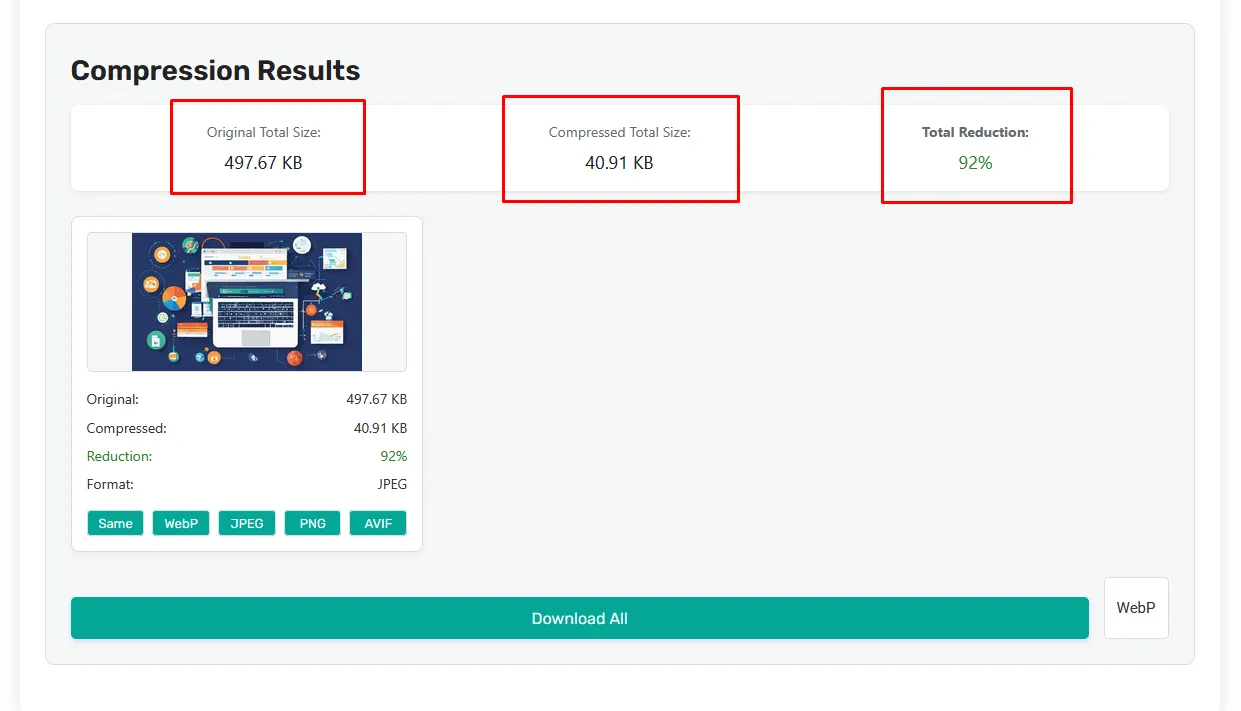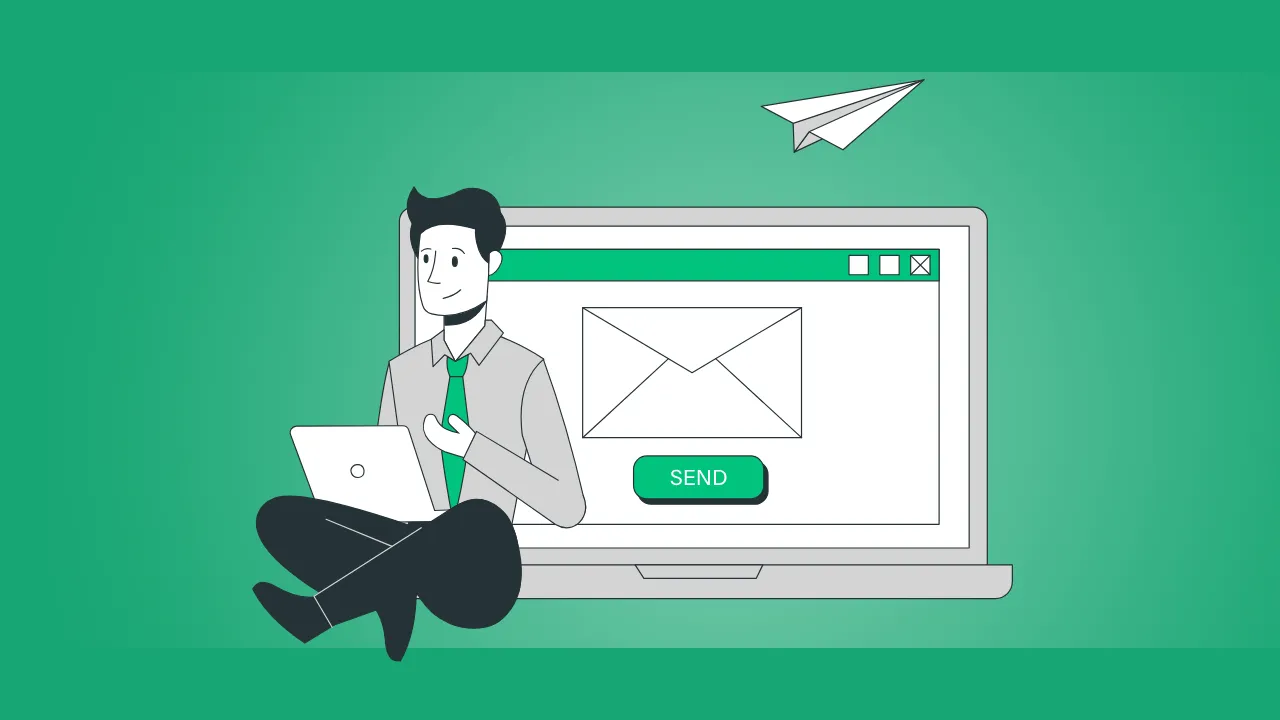If you’re running a website, blog, or online store, image optimization isn’t just optional—it’s essential. Slow-loading websites frustrate users, harm SEO rankings, and reduce conversions. And one of the biggest culprits behind sluggish web performance? Uncompressed images.
In this comprehensive guide, we’ll break down why image compression is important, explore the best image compressor for web, and reveal the best free image compression tool you can start using today—without losing quality.
Table of Contents
1. Why Image Compression is Crucial for the Web
Images make up over 50% of a webpage’s total size. Without best image compressor for web, high-resolution images drastically slow down page loading time. This impacts:
- SEO Rankings: Google considers page speed a ranking factor. Slow pages drop in search visibility.
- Bounce Rate: Users click away if pages take longer than 3 seconds to load.
- Mobile Experience: Compressed images reduce data usage, essential for mobile users.
- Conversion Rates: Faster websites = more engagement, leads, and sales.
💡 If you want to rank high and convert better, compressing images is a must.

2. Lossless vs. Lossy Compression: What’s the Difference?
Before best image compressor for web tool, it’s important to understand the two main types of image compression:
🔹 Lossless Compression
- Preserves all image quality
- Reduces file size without data loss
- Ideal for professional photography and graphic design
- Works best for PNG, SVG, and GIF formats
🔹 Lossy Compression
- Slight quality loss for much smaller sizes
- Best for web use where speed matters most
- Ideal for JPG and WebP formats
Which one should you use?
If you’re optimizing for the web, lossy compression often gives the best results in terms of speed, without noticeably affecting quality.
3. Features of a Great Image Compressor
When choosing the best image compressor for web use, keep these features in mind:
✅ Fast Processing
No one wants to wait 10 minutes for a batch of images to be optimized.
✅ No Quality Loss
High compression with little to no visual quality drop is essential.
✅ Multiple Format Support
Supports JPG, PNG, WebP, BMP, and TIFF.
✅ Bulk Compression
Compress multiple images at once to save time.
✅ Free to Use
No paywalls or file limits—just simple and effective.
✅ No Watermarks
You shouldn’t have to advertise someone else’s brand on your website.
4. Our Top Pick: Free Image Compressor by AnyToolz
When we tested several online compressors, one best image compressor for web stood out in terms of speed, simplicity, and results:
🔗 AnyToolz Image Optimizer
This free web-based tool is perfect for bloggers, developers, marketers, and eCommerce owners looking to optimize images without technical knowledge or design skills.
🌟 Why We Recommend AnyToolz
- No login or signup required
- Drag and drop interface
- Supports JPG, PNG, WebP, and BMP
- Compresses images within seconds
- Keeps the visual quality intact
- Absolutely free—forever
It’s ideal for people who want to speed up their websites without dealing with Photoshop or bloated software with best image compressor for web.
5. How to Use AnyToolz’s Image Optimizer
Here’s how to compress your images for the web in just a few clicks:
Step 1: Visit the Tool
Go to anytoolz.com/optimize-images-for-website-speed-free
Step 2: Upload Your Images
Drag and drop or use the file picker. You can upload multiple images at once.
Step 3: Let the Tool Compress
The tool will automatically compress your images using optimized lossy compression.
Step 4: Download
Once the compression is complete, you can download all files individually or in a zip file.
⚡ No ads. No tricks. Just fast compression.
6. Performance Comparison with Other Compressors
We tested the same 1MB JPG image across 4 popular online compressors:
| Tool | Final Size | Time Taken | Quality Loss |
|---|---|---|---|
| AnyToolz | 80 KB | 1.2s | Minimal |
| TinyPNG | 234 KB | 2.1s | Low |
| CompressJPEG | 270 KB | 3.4s | Slight blur |
| ILoveIMG | 290 KB | 3.9s | Noticeable |
8. Common Mistakes to Avoid
- ❌ Uploading uncompressed images directly from a camera or phone
- ❌ Using the wrong file format for the job
- ❌ Ignoring mobile optimization
- ❌ Using plugins for compression without testing the results
- ❌ Compressing the same image multiple times (can cause artifacts)
Image Converter Tools: Free Image Converter
9. FAQs on the best image compressor for web
🔸 Is image compression bad for quality?
Not necessarily. Lossy compression slightly reduces image quality but it’s barely noticeable in most web use cases. Tools like AnyToolz preserve quality while significantly reducing size.
🔸 How much can I reduce image size?
You can often reduce image size by up to 98%, depending on the format and quality settings.
🔸 Does Google recommend compressing images?
Yes! PageSpeed Insights and Google’s Core Web Vitals emphasize the need for optimized images for better rankings and user experience.
🔸 Is AnyToolz really free?
Yes. 100% free. No hidden charges, limits, or watermarks.
10. Final Thoughts
Image compression is one of the easiest and fastest ways to improve your website’s speed, SEO performance, and user satisfaction. With tools like AnyToolz Free Image Optimizer, you don’t need to be a tech expert to make a big difference.
Whether you’re running a blog, a business website, or an eCommerce store—start optimizing your images today using best image compressor for web. Your users (and Google) will thank you.





